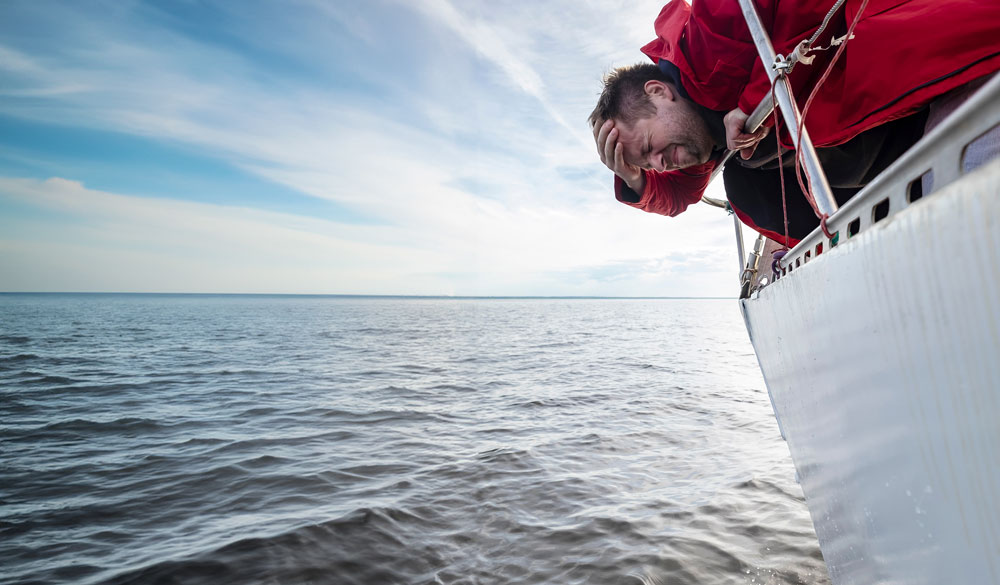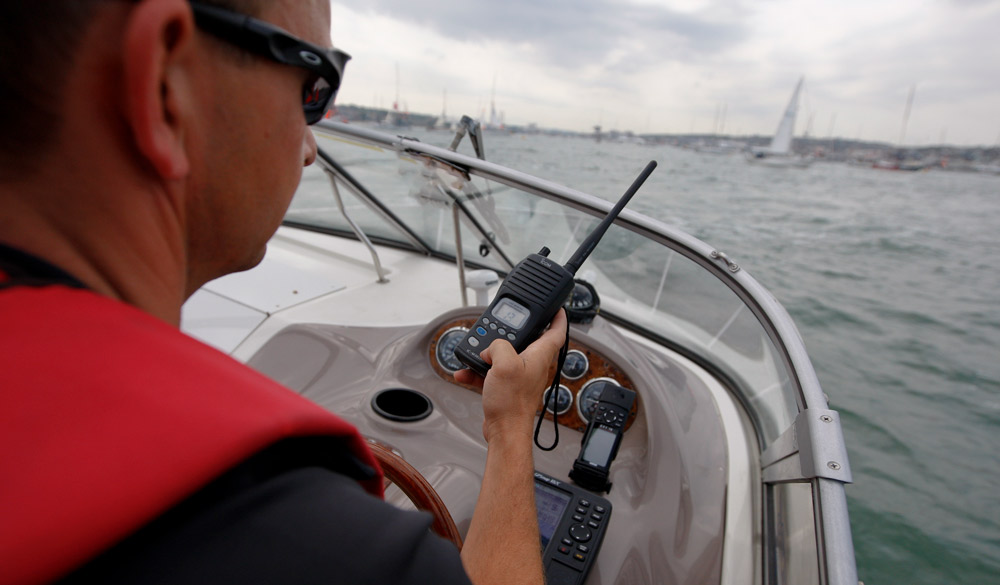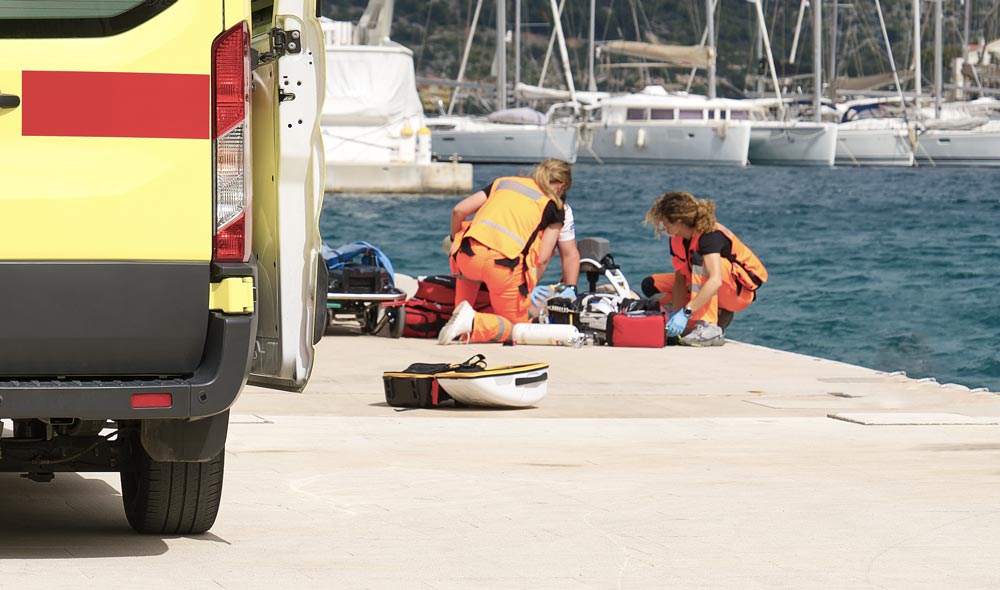Sailing concussions
The RYA recommends a policy of Recognise and Remove when dealing with someone who may be concussed

If you suspect that someone might have a concussion, they must be removed from the water and advised to get checked over by a medical professional.
What is a concussion?
A concussion is a type of traumatic brain injury caused by a bump or sudden impact to the head. This impact can cause the brain to move or twist unexpectedly, releasing chemicals that can damage your brain cells and function.
Concussions are the most common but least serious type of brain injury, if treated correctly.
Concussion symptoms
.jpg)
The symptoms of a concussion can range from mild to severe, and in some cases emergency treatment may be necessary.
World Sailing has produced a concussion recognition tool to help you identify someone that might be concussed.
The most common symptoms of a concussion to look out for are:
- Confusion and disorientation
- Loss of balance and coordination
- Headache
- Disturbances in vision
- Dizziness and/or nausea
- Lying motionless
- Facial injury or trauma
- Difficulties with memory
Common concussion misconceptions
You must be knocked out to have a concussion.
FALSE. The part of the brain responsible for consciousness represents around 10% of the entire brains function. Therefore, other areas of the brain could be damaged without an individual being made unconscious.
Wearing a helmet prevents a concussion.
FALSE. The brain is not fixed to the inside of the skull, meaning it can move independently inside the head. Therefore, a helmet will not prevent a concussion. Wearing sailing helmets has many safety benefits regarding protection of the external parts of the head and should be encouraged in high performance and foiling boats.
Concussions cause degenerative brain diseases.
TRUE & FALSE. Research suggests that multiple concussions over several years are linked to neurodegeneration. However, most individuals who only experience one or two concussions in their lifetime will likely not experience neurodegeneration.
Brain scans detect concussions.
FALSE. Aside from the observable symptoms of a concussion, medical practitioners are unable to see any changes in the neural or vascular structure of the brain. A CT or MRI scan is not able to spot a concussion. However, they can be used to find more serious injuries like brain bleeds or excessive swelling.
Recognise and remove

It’s important to recognise instances where a concussion occurs and to remove the potential risks associated with it.
Sailing related sports concussions may occur through bumps to the head from the boom, in a boat park during rigging, or simply by slipping and falling.
If an individual displays any symptoms of a concussion, your main priority must be bringing them back to shore. This will protect them from further harm, whilst reducing any potential risks to others.
Always try to notify someone else that you are responsible for a potentially concussed individual. For example, the race officer, an instructor or coach, centre manager or the coastguard.
If the individual displays any of the following RED FLAG symptoms, you must seek immediate medical advice:
- Severe Neck Pain/Tenderness
- Repetitive vomiting and/or seizures
- Double vision and/or severe headaches
- Increasingly combative or agitated
- Weakness, tingling or burning in limbs
- Losing consciousness
Removing further risks

When experiencing a RED FLAG symptoms, always seek a medical assessment by calling 999. This should be conducted within 24 hours of a head injury.
To prevent further harm from a sports concussion, you should follow these principles:
- A potentially concussed individual should not sail ashore unaccompanied. If possible, take control of their boat and return them safely to shore.
- After a head injury, an individual should not operate any motorised vehicle.
- Do not let a potentially concussed person drink alcohol or highly caffeinated drinks.
- Keep the concussed individual warm and dry. They may want to get changed but it’s important for them to remain under supervision for at least two hours post injury. After a medical assessment, a concussed individual should return home and rest, following a pathway to recovery before returning to the water.
Full recovery from a sports concussion and return to usual sailing activities, such as racing should take no less than 21 days.
To discover more about how to look after yourself on the water, visit the RYA safety hub.
